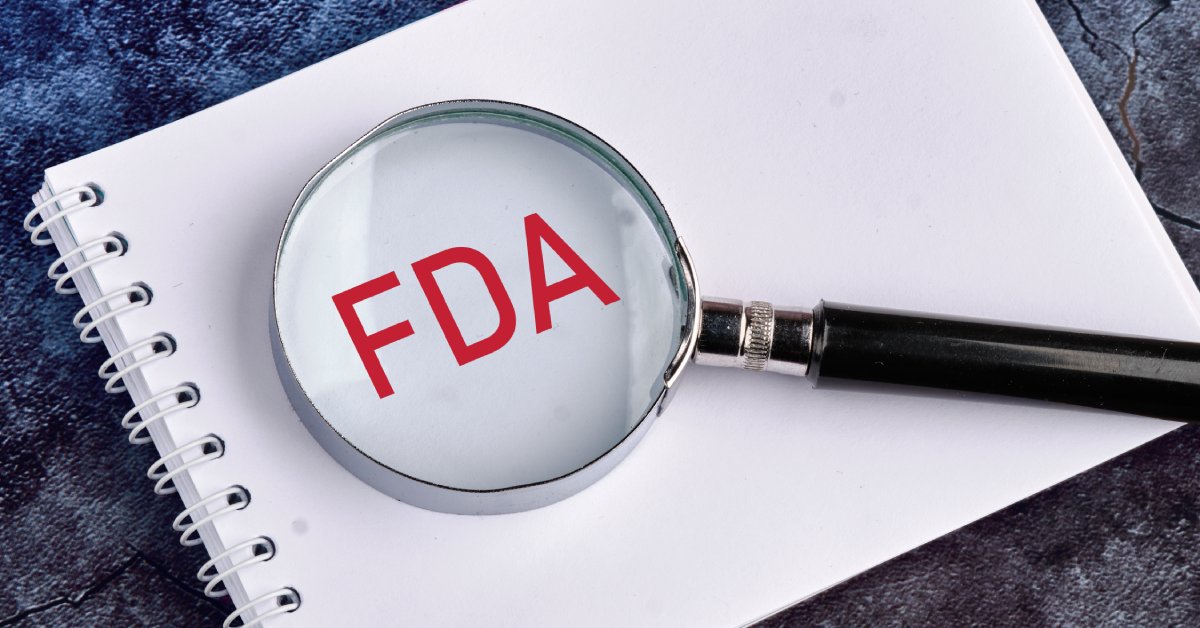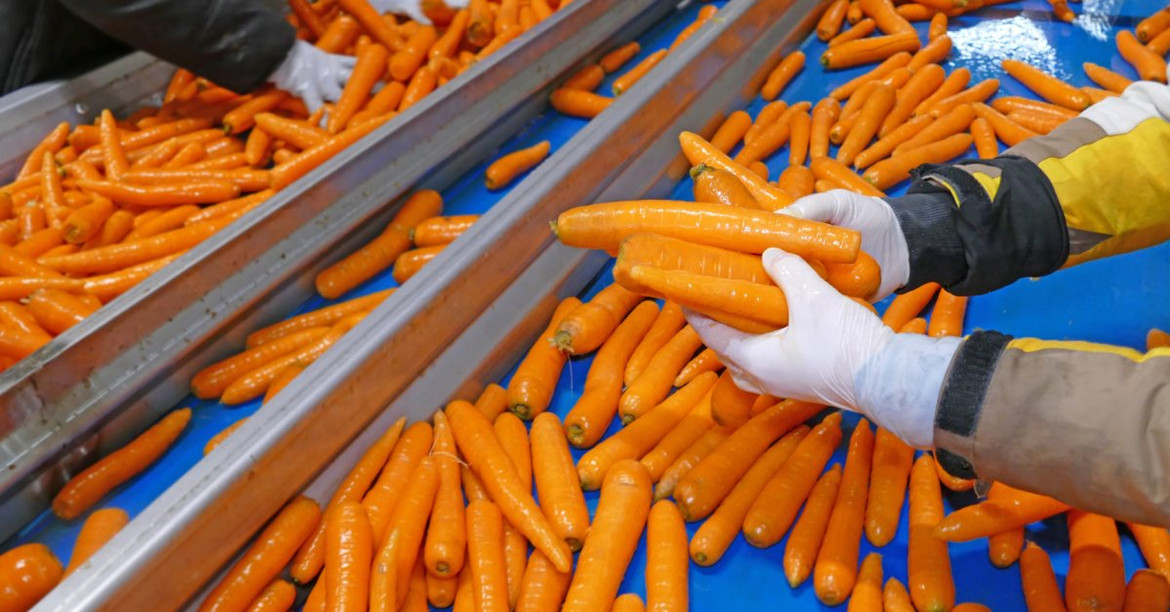7th Jan 2025
Benefits of Environmental Monitoring in Food Processing
Environmental monitoring plays a crucial role in maintaining the safety, quality, and compliance of food products during the processing stages. Understanding the significance of this practice helps inventory buyers and purchasing agents make informed decisions about the tools, technologies, and systems required for ensuring food safety.
By adopting robust environmental monitoring protocols, food processing facilities can mitigate risks, maintain regulatory compliance, and protect consumer trust. Let’s delve into the benefits of environmental monitoring in food processing and its importance across various aspects of the industry.
Ensuring Food Safety and Reducing Contamination Risks
Food safety is a cornerstone of the food processing industry. Environmental monitoring enables facilities to detect and address contamination risks proactively.
Pathogens such as Listeria, Salmonella, and E. coli can thrive in processing environments if not adequately controlled. By monitoring air, surfaces, and water, processors can identify potential hotspots and take corrective actions before issues escalate.
This practice also reduces the likelihood of product recalls, which can damage a company’s reputation and financial stability. Continuous monitoring ensures that food products meet safety standards, protecting consumers and reinforcing brand credibility. For purchasing agents, investing in reliable monitoring equipment supports long-term safety goals while demonstrating a commitment to quality.
Maintaining Compliance With Regulatory Standards

Regulatory bodies, such as the FDA and USDA, mandate strict guidelines for food safety and hygiene. Environmental monitoring is an essential part of meeting these standards. Noncompliance can result in fines, legal action, and facility shutdowns, making it critical for food processors to adhere to these requirements.
Facilities can use systematic monitoring to document their adherence to guidelines, providing proof of compliance during inspections or audits. Tools like automated monitoring systems ensure consistent tracking and reporting, simplifying the compliance process.
Procuring these tools enables purchasing agents to maintain a facility’s regulatory standing. Their knowledge of the industry and its regulations allows them to choose equipment that aligns with regulations and strategic goals.
Enhancing Product Quality
Environmental monitoring directly impacts product quality by helping maintain optimal processing conditions. Contaminants or environmental fluctuations can affect the taste, texture, and shelf life of food products. Monitoring helps identify variations in temperature, humidity, or air quality that could compromise product quality.
For example, ensuring consistent temperature control during processing and storage prevents spoilage. Advanced monitoring systems can provide real-time data, allowing immediate adjustments to guarantee quality standards. Inventory buyers should prioritize sourcing equipment that offers precise control over environmental conditions, thereby enhancing product reliability and customer satisfaction.
Reducing Operational Downtime
Unplanned downtime caused by contamination incidents or equipment failure can disrupt production schedules and increase costs. Environmental monitoring systems provide early warnings of potential issues, allowing facilities to address problems before they cause significant disruptions.
Regular monitoring also helps machinery and production lines remain clean and functional, reducing the risk of costly breakdowns. By minimizing downtime, food processors can increase productivity and meet delivery deadlines. Purchasing agents can contribute to this efficiency by selecting durable and reliable monitoring equipment designed for continuous operation.
Supporting Sustainable Practices
Sustainability is an increasingly important aspect of the food industry. Environmental monitoring helps facilities optimize resource use and reduce waste. For instance, tracking energy consumption and water usage allows processors to identify inefficiencies and implement conservation measures.
Sustainable practices benefit the environment and a company’s bottom line. They also appeal to eco-conscious consumers and stakeholders. By investing in monitoring systems that support sustainability, inventory buyers can align their purchasing decisions with corporate social responsibility goals and industry trends.
Preventing Cross-Contamination
Cross-contamination poses a significant threat to food safety and consumer health. Environmental monitoring helps facilities identify areas where cross-contamination can occur, such as shared equipment or high-traffic zones. Regular testing of surfaces and air quality can reveal microbial growth or allergen residues, prompting immediate action.
Preventing cross-contamination protects consumers and reduces liability risks for food processors. Inventory buyers and purchasing agents can equip facilities with the necessary tools to mitigate these risks, including specialized surface testing kits and air monitoring devices.
Surface testing kits detect harmful microorganisms on various surfaces, including food preparation areas. Regular testing with these kits enables food processors to identify potential sources of contamination and take immediate corrective actions to maintain a safe, hygienic environment.
Air monitoring devices help assess the air quality within food processing facilities. These devices measure parameters such as particulate matter, microbial content, humidity, and temperature. By monitoring air quality, food processors can identify potential sources of airborne contaminants and implement appropriate measures to prevent their spread.
Leveraging Technology for Precision and Efficiency

Modern environmental monitoring systems leverage advanced technology to deliver accurate and actionable data. Sensors, automated recorders, and cloud-based platforms enable real-time monitoring and analysis, streamlining the decision-making process.
Purchasing agents should prioritize systems that offer user-friendly interfaces and integration capabilities. For example, digital chart recorders can automatically track temperature and humidity levels, reducing the need for manual documentation. These technologies improve accuracy and save time and resources, making operations more efficient.
Building Consumer Confidence
Consumers expect safe, high-quality food products, and environmental monitoring helps processors meet these expectations. By maintaining a clean and controlled processing environment, facilities can ensure that their products meet the highest standards.
Building consumer trust is essential for long-term success. Foodborne illness outbreaks or quality issues can severely damage a brand’s reputation. Regular monitoring demonstrates a commitment to safety and transparency, enhancing consumer confidence. Purchasing agents play a key role in this effort by sourcing equipment that supports rigorous monitoring practices.
Facilitating Data-Driven Decision-Making
Environmental monitoring generates valuable data that can inform strategic decisions. Analyzing trends and patterns in monitoring results helps facilities identify areas for improvement and optimize processes. For instance, data on temperature fluctuations can guide adjustments to refrigeration systems, improving energy efficiency and product quality.
Purchasing agents can support data-driven decision-making by selecting systems that offer robust analytics capabilities. By investing in technology that provides detailed insights, food processors can enhance their operations and maintain a competitive edge.
How Recorders Charts & Pens Can Assist Food Processors
The benefits of environmental monitoring in food processing are extensive, ranging from ensuring food safety and compliance to enhancing product quality and operational efficiency. This practice protects consumers and supports the long-term success of food processors by reducing risks, minimizing waste, and fostering trust.
For purchasing agents, sourcing the right tools and technologies is essential to implementing effective monitoring systems. Equipment such as automated sensors, data loggers, and chart recorder paper can play a pivotal role in maintaining a safe and compliant processing environment.
You can find the ideal data-recording equipment for your food business and applications at Recorders Charts & Pens. We help food processors meet industry standards, build consumer confidence, and achieve sustainable growth.

